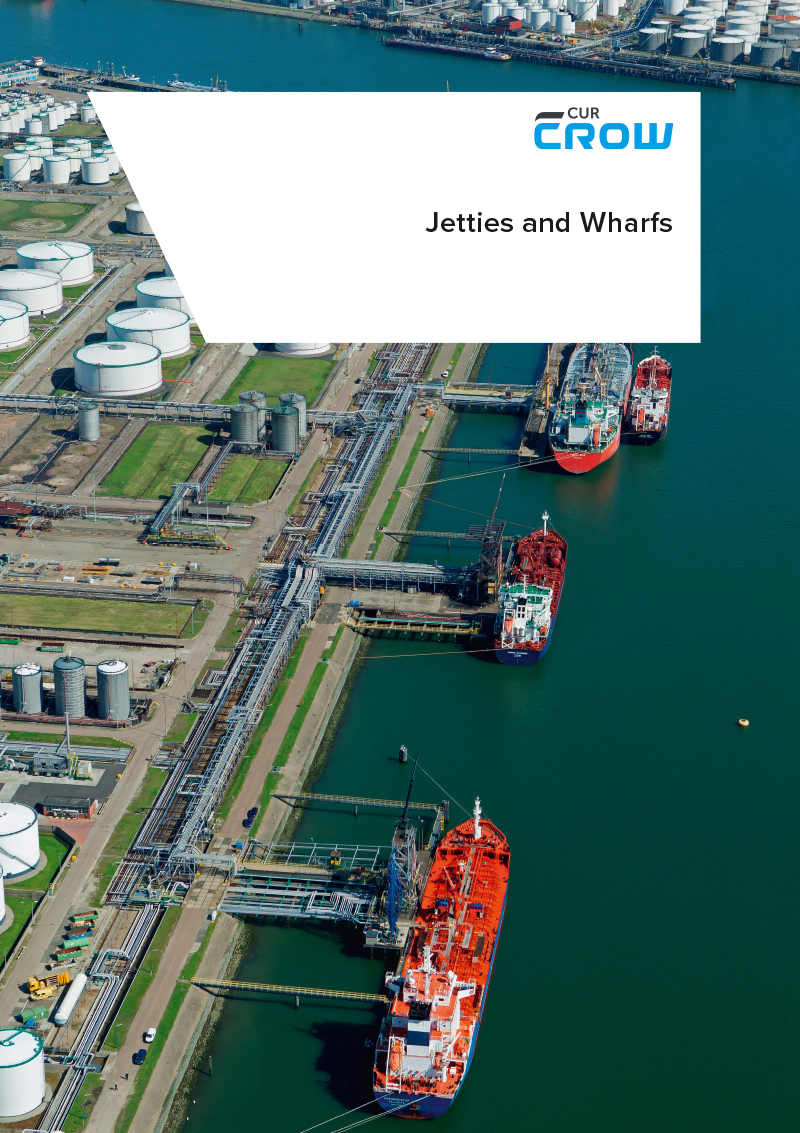For centuries, jetties and wharfs have been designed and built around the world and play an important role in contemporary ports. In the Netherlands, we call these types of structures steigers and overbouwde taluds. In the English-speaking world, the terms jetties, piers and wharfs are often used. The difference in the use of jetties, piers and wharfs is that jetties are frequently used for the transhipment and storage of light materials and ro-ro traffic, while piers are generally used for heavy loads like iron ore. That is why piers are mostly designed and constructed like quay walls (which are beyond the scope of this handbook).
The designs were originally based on trial and error and the insights of those who dared to conquer local conditions, such as wind, waves, currents and soil composition. Design and construction techniques have since evolved into the designs we see on the coast or in river ports and seaports nowadays.





